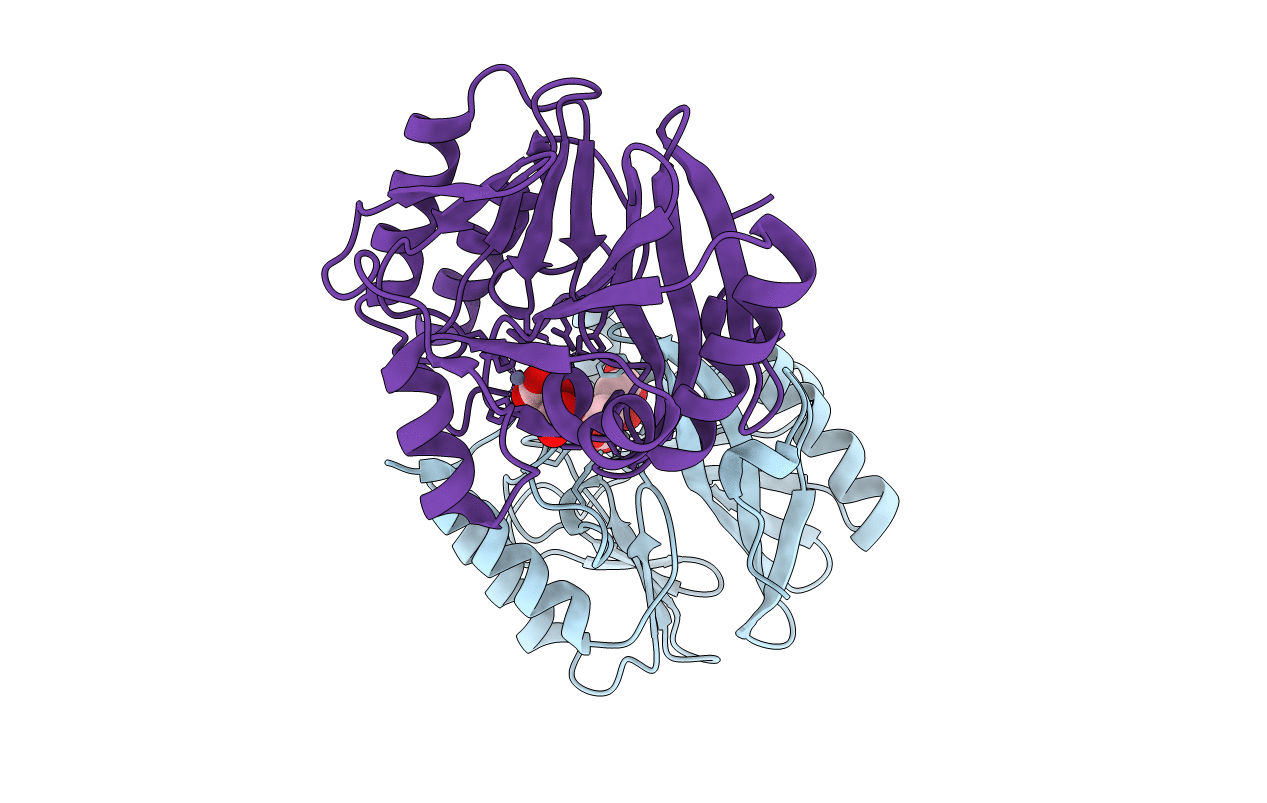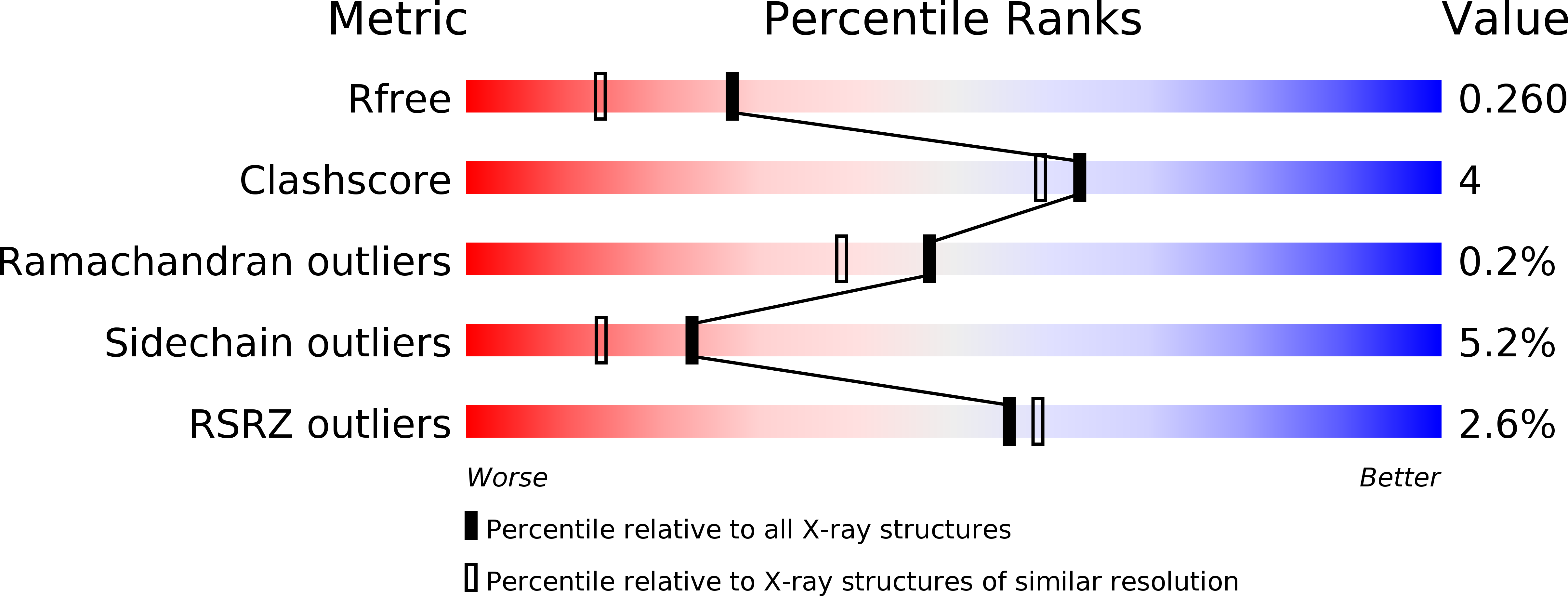
Deposition Date
2009-05-05
Release Date
2010-05-19
Last Version Date
2023-12-13
Entry Detail
PDB ID:
2WHG
Keywords:
Title:
Crystal Structure of the Di-Zinc Metallo-beta-lactamase VIM-4 from Pseudomonas aeruginosa
Biological Source:
Source Organism:
PSEUDOMONAS AERUGINOSA (Taxon ID: 287)
Host Organism:
Method Details:
Experimental Method:
Resolution:
1.90 Å
R-Value Free:
0.25
R-Value Work:
0.20
R-Value Observed:
0.20
Space Group:
C 1 2 1


